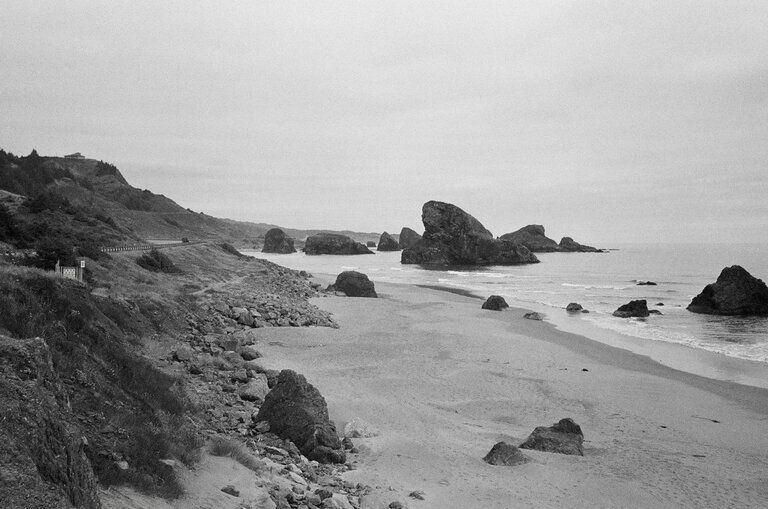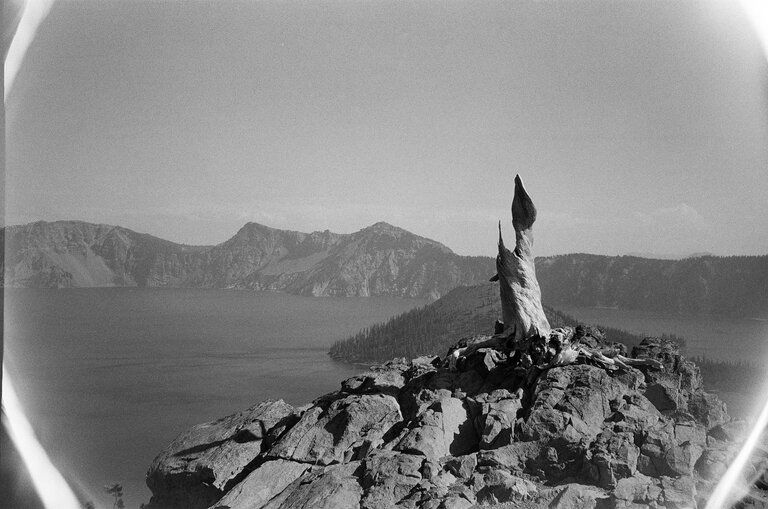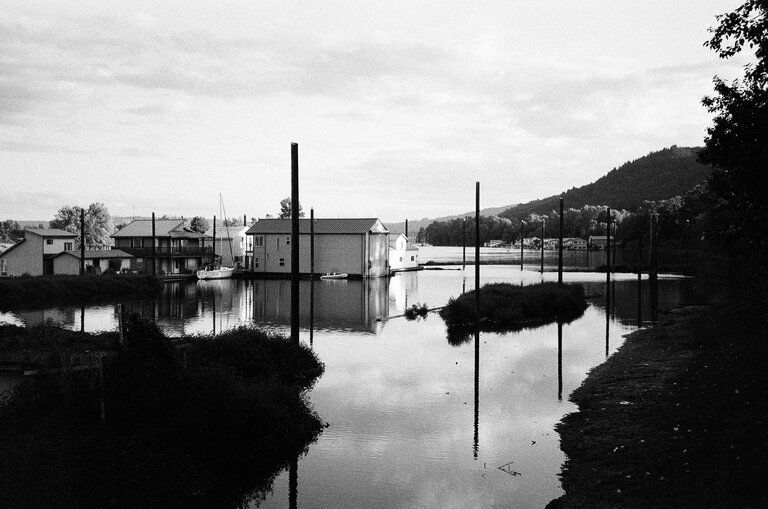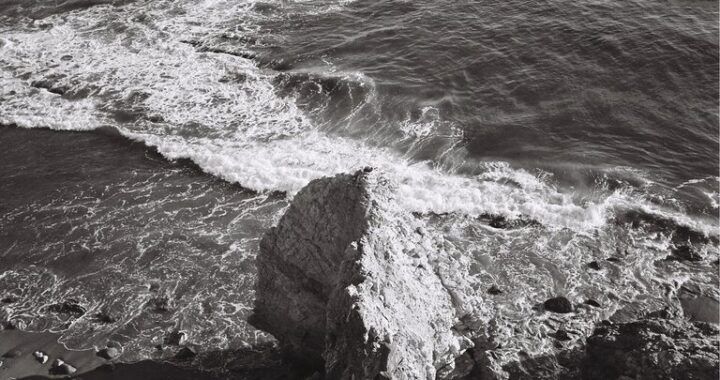Photography, in all its forms, has been a lifelong passion of mine. From the tactile experience of darkroom work to the precision of digital imaging, each method offers a unique view of the world, reflecting vision in different ways. You’re probably wondering what a tea farm has to do with this type of art? Surprisingly, a lot.
I first fell in love with photography after purchasing a simple 80’s point and shoot 35mm camera from an estate sale almost 20 years ago. I loved it’s simplicity, how easily it fit in my pocket and how it felt in my hands. There were so many things to learn when it came to this type of media – lighting techniques, exposures, chemical baths and film types to name a few.


The darkroom is where my love for photography first took shape. It’s an environment where you need both technical precision and creativity. Where light-sensitive paper is transformed into physical memories. Working in a darkroom demands patience and meticulousness—from mixing chemicals to timing exposures, each step is a careful dance between science and art. This process, while labor-intensive, allows for a strong connection with the image being created, similar to the careful cultivation and harvesting of tea.
In the darkroom, the slow and careful development of film parallels the meticulous care needed on a tea farm. I’ve thought a lot about this connection since returning to farm life here at Obubu. Both require an understanding of the materials at hand—whether it’s the film, paper, and chemicals in the darkroom or the soil, climate, and tea plants in the field. The gradual reveal of an image is similar to watching a tea plant grow from a tender shoot into a mature leaf ready for harvest.


Tea farming and photography, though seemingly very different, share underlying themes of patience, attention to detail, and a deep appreciation for process. Whether you’re developing film or caring for tea plants, the journey from start to finish involves careful observation and a willingness to adapt and learn.
The art of photography allows for the opportunity to change raw materials into something beautiful, just as skilled hands and agricultural knowledge transform tea leaves into a delicious and flavorful drink.

My experiences with both darkroom and digital photography have strengthened my appreciation for the subtle nuances of tea farming. The dedication to craft, whether in the darkroom or the field, creates a deep connection to the process and the results. I believe this connection between visual art and agricultural practice highlights the beauty in both.
In the end, whether through the lens of a camera or the careful cultivation of tea leaves, the spirit of both practices lies in a shared passion for creating something meaningful and beautiful from the raw materials we work with. Each frame captured and every leaf harvested tells a story of dedication, patience, and artistry.
– Mac / Assistant Manager #5

